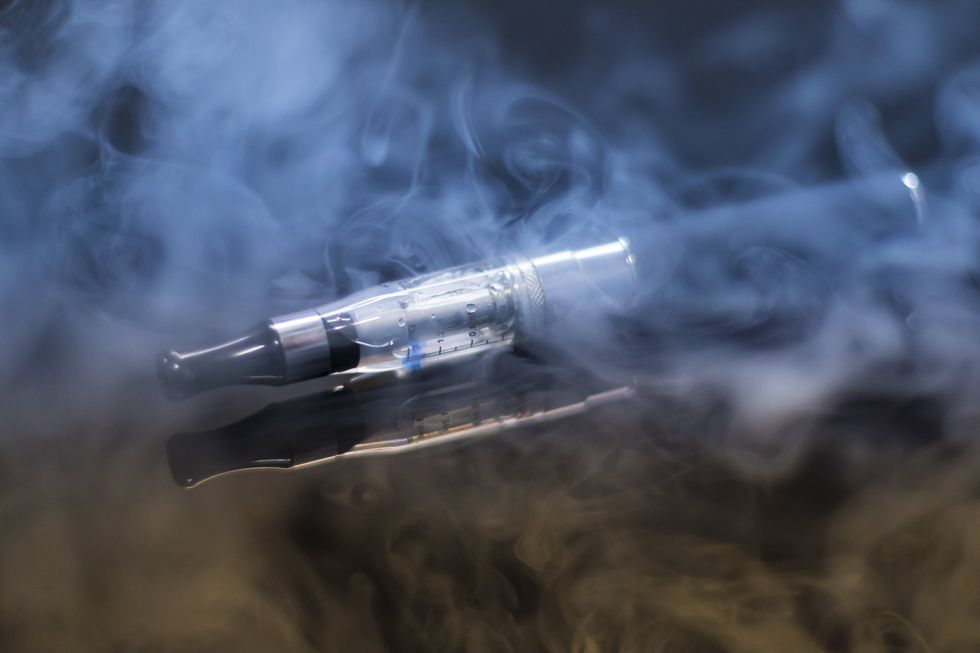An exploding e-cigarette just took the life of a young man in Texas, reigniting a years-long discussion about vaping safety. News outlets say William Brown was in the parking lot of a vape and smoke shop on January 27th when his e-cigarette exploded, shot through his neck, and tore his left carotid artery. He was rushed to the hospital and placed in a medically-induced coma, where he died two days later. X-rays following the explosion showed a piece of the e-cigarette lodged in his throat. Brown was just weeks away from his 25th birthday when he died.
Investigators say the vape pens' battery caused the explosion. The battery inside e-cigarettes heats a liquid nicotine solution to create an aerosol that's inhaled like cigarettes. E-cigarette explosion lawyers say these batteries are known to explode and cause fire and serious injuries. More than 120 lawsuits have been filed so far, and that number is growing with each new product that hits the market.
Juuls are changing the scene around young people, as they're starting to become as commonplace as cell phones. They're small, flavorful, and look like a USB drive - making them very easy to hide in plain sight. If you haven't tried a Juul, I bet at least one of your friends has. And I bet at least one of their friends keeps a Juul in their pocket all the time.
Juuls were the subject of a class-action lawsuit in Philadelphia last year after many users said the marketing team lied about the amount of nicotine in their products. Juuls have been the subject of a lot of scrutinies recently, largely because much of their marketing has been directed to teens. Like most e-cigarettes, the nicotine solutions come in a variety of flavors that appeal to young people. We've all been walking down the street and walked through a cloud of cotton candy or tropical-scented vapor, only to realize the smell came from someone puffing an e-cig on the sidewalk. But the prevalence of these devices, and the multitude of studies both proving and disproving that they're better for you than cigarettes has put vaping at the forefront of the public eye.
According to his grandmother, Brown suffered from asthma problems and had been encouraged to try vaping by one of his friends. The friend told him it would help him breathe better. This is just one of the many misconceptions being circulated about e-cigarettes, which could explain why they've become so popular among young people in the United States. Last year the FDA declared teen e-cigarette use an epidemic, citing "almost ubiquitous - and dangerous - trend among teenagers". Data from November 2018 showed a 78% increase in the number of high school students who reported vaping in the past month, as compared to the previous year. Those numbers represented more than 3 million American high school students, more than 20% of the population. The study also included nearly 600,000 middle school students who had used the nicotine products.
In an effort to reverse the trend, the administration pulled flavored e-cigarette juice from convenience store shelves across the U.S. The change meant that all flavors other than menthol, mint, and tobacco could only be sold at age-restricted online retailers and smoke shops.
Research is inconclusive about the long term health effects of vaping. Some, including many of the e-cigarette companies themselves, argue their products are a less harmful way to address nicotine cravings in adults. They were first marketed as a weaning device for long-term smokers. However, the ease and prevalence of e-cigarettes have many concerned about making it easier for the next generation to form a nicotine addiction. Before the FDA began to intervene there were very few federal regulations limiting e-cigarettes. There are still very few regulations in place about the physical safety of the devices. But as more people suffer severe and fatal injuries after exploding batteries, there is a growing public concern.
Brown's death was not the first linked to an exploding vaporizer. Last May, a man in St. Petersburg, Florida became the first man to die from an e-cigarette explosion when pieces of his vape shot through his skull. Between 2009 and 2016, there were 195 separate e-cigarette fire and explosion accidents in the United States. In comparison, the lithium-ion batteries in hoverboards had sparked 99 fires as of 2016, resulting in a massive recall of nearly 500,000 products. It's now very clear that there's a problem with e-cigarettes, leaving many to wonder how many people will need to get hurt before changes are made in the industry.








































